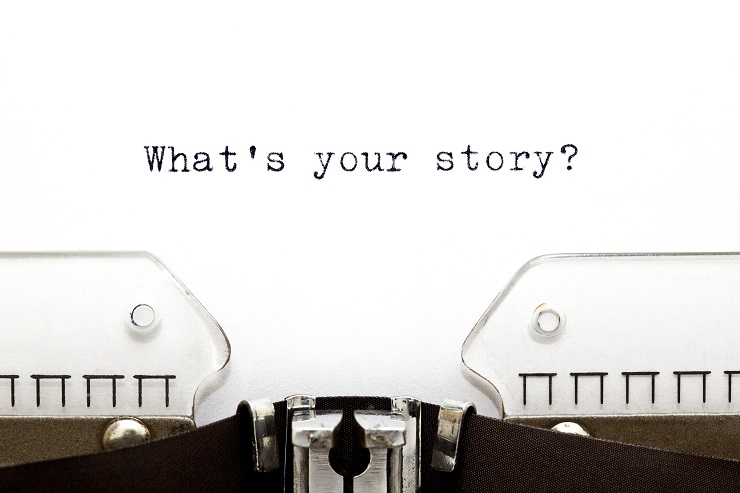
We often think of longer text when we talk about storytelling, but short texts can also tell a story. For example at the lunch restaurant. At the menu: meatballs, sauce, and potatoes. Or: Grandma’s handmade meatballs of beef with old-fashioned cream sauce, homemade lingonberry jam, and parsley boiled potatoes. Same product. What’s the difference? In the second example, the text tells a story. And the best part: as customers, we find that an interesting story motivates a higher price. We are more satisfied customers – the story builds a stronger relationship between customer and supplier. At Morfar Olle, you can find a good example of how a product description can be a story in itself.
Significant Objects Project, from 2009, showed that adding an engaging, and in that case fictive, story to a product resulted in a higher value than the same product without story. A number of flea market objects were sold in the projects at eBay for $ 3,612.51. They were initially bought for $ 128.74. The significant increase was created just by well-written stories to the products. Would the selling price be the same without the story? Hardly.
The Benefits of Storytelling
• You create unique material.
• Search robots have larger hit areas.
• You create a stronger relationship with the customer.
The keyword for storytelling is “unique”. Your unique story that you write yourself. It helps you standing out in the crowd and customers can only read the story at your site. The competitors? Well, they can never copy your story without damaging their own creditability. If the story is unique and engaging enough, it can also spread through social media.
Creating larger hit areas is what Content Marketing aims for. You can resemble it by making the target bigger for search robots. By publishing stories, more key words are created for search robots at your site. Google ranks unique material higher, longer unique texts with more related words creates more hits for you. That could have great impact for your site’s SEO – search engine optimization. It can be several words in your industry that are new to your site, it can also be stories as for example G-star Raw’s campaign where chess world champion Magnus Carlsen markets the products. The customers end up at the site after a search at the famous name, and can be interested in your products by a whole new entrance.
For the customer, the story has the advantage that it sets the product in a context. It also helps the brain to create associations to your shop that can be used by the memory. It is also easier to create a personal relation with the customer. Norröna, for example, uses stories to show how their clothes work in challenging environments. The customer can identify with the story and imaging oneself using the product. A good story brings out the advantages with the product combined with drama. If the text is relevant and engaging, the customer will click, if it isn’t, the customer will probably bounce off. The quality of the story in combination with customer knowledge is crucial – is the story for your customers?
How do I find my story and how can I present it online? I will talk more about that in the future articles on Storytelling.